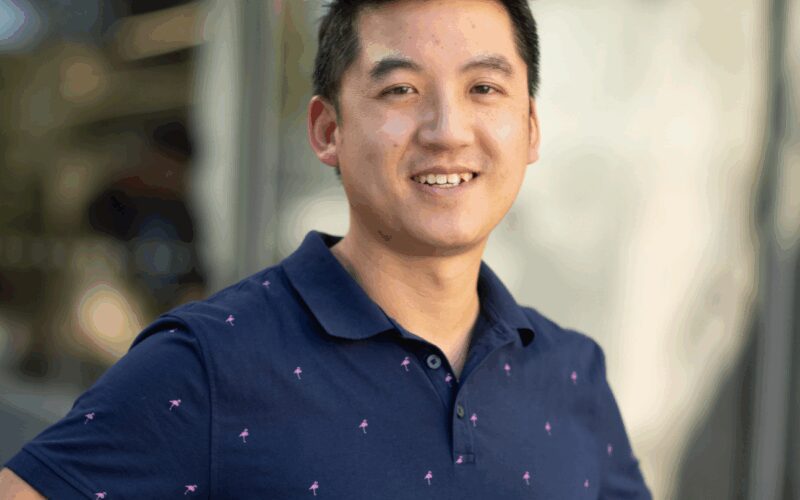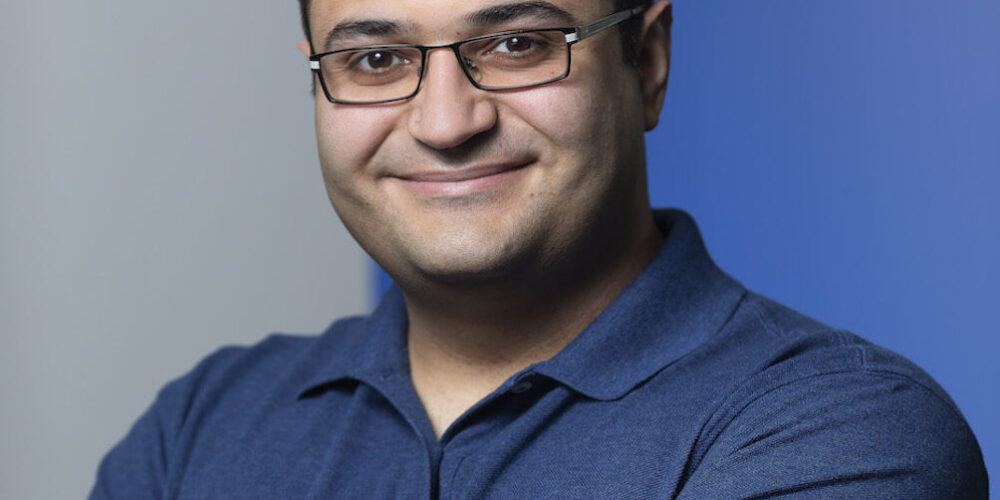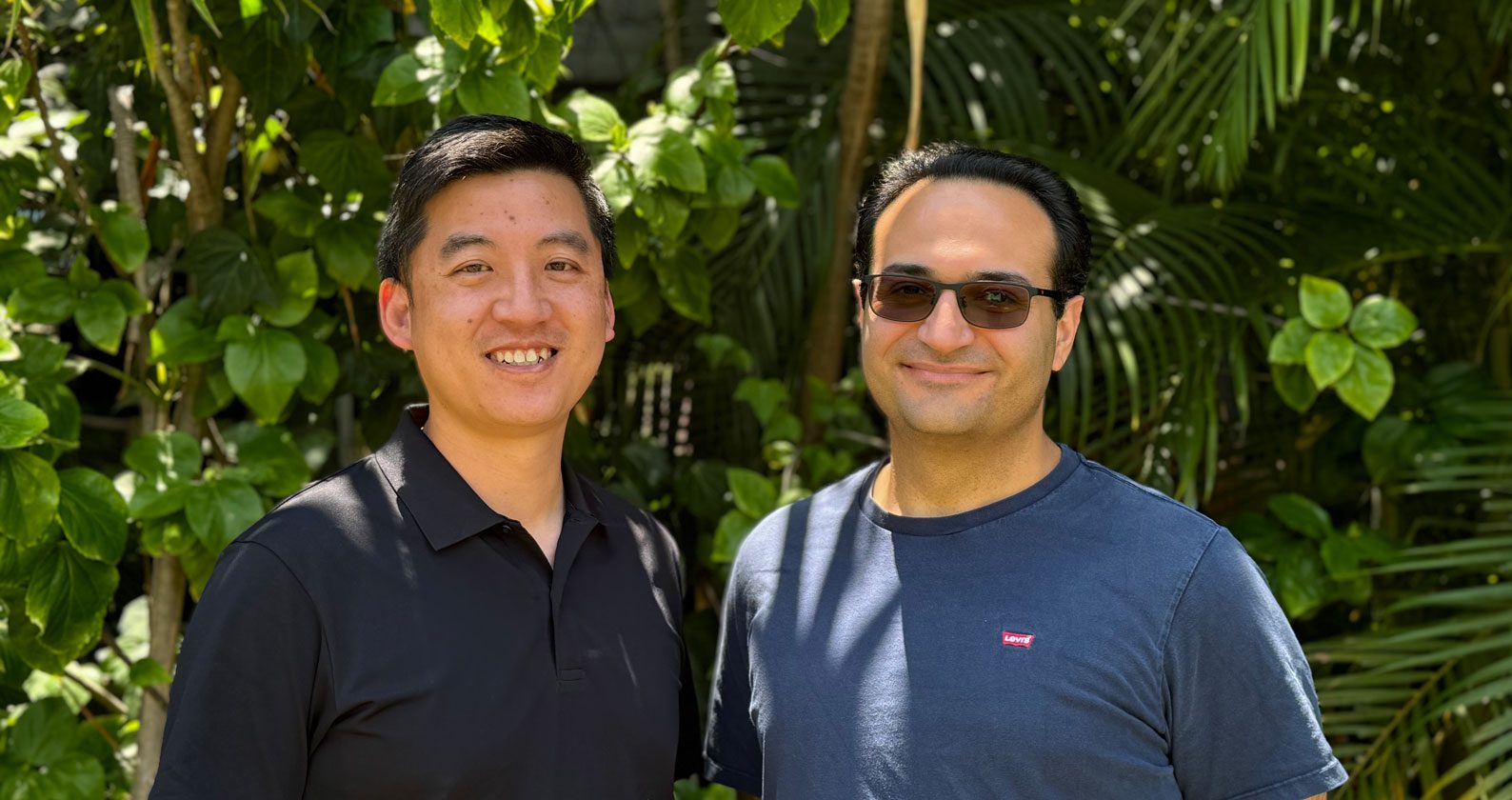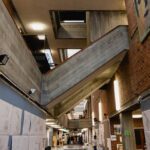Reading time: 5 minutes
As a statistician-turned-astronomer, Shih Ching is bridging two vastly different worlds—using Bayesian statistics to unlock cosmic mysteries. From mining to medicine to stars, his journey has been one of discovery. Now at Curtin’s Institute of Radio Astronomy, he’s helping redefine how we explore the universe through data.
Shih Ching Fu is currently completing a cross-disciplinary PhD at the Curtin Institute of Radio Astronomy (CIRA), co-supervised by Curtin’s Dr Arash Bahramian, Dr Aloke Phatak, Dr Suman Rakshit, and Professor James Miller-Jones. Shih Ching and Arash reflect on the cross-disciplinary research project, the challenges of bridging the divide between two worlds and their working relationship.
Shih Ching:
My undergrad degree was in computer science. After I graduated, I worked across multiple industries in mining, private software companies and medical research. While I worked at one company, I found they were not analysing stats as well as they could be. I then went part-time to study a Master of Science (Mathematical Sciences) at Curtin, which turned into working as a statistician.
During my Master, I learned there was a whole area of statistics called Bayesian statistics. It turns out astronomy was a really great place to try out these stats because many astronomers use it and there’s lots of data. Although I didn’t have a background in astronomy, I did a research project with Aloke, and a project with an astronomer, Dr Catherine Trott during my Master. Aloke and Arash then formulated a new cross-disciplinary project. I remember very vividly meeting Arash and talking with him, because it was about when they used Bayesian statistics to discover the first gravitational waves, which was a big deal. I applied for the PhD soon after because I wanted to skill up in this area.
I’m a cross-disciplinary PhD student. I straddle statistics and astronomy. What we’re interested in is finding stars or objects in the sky that vary over time. Now that we’re building huge telescopes that can look at thousands or millions of things in the sky at once, we need to come up with a statistical way to describe them in a generalisable way. We can then use that information to classify them and try to identify what we’re looking at. We hope to find exotic objects, like black holes.
Statistics is all about handling the uncertainties that you get in your data.
Through my research, I hope to contribute to how astronomers do things. Traditionally, astronomers aren’t as well trained in statistics as they could be. I would love to bring in some sort of methodological expertise and help them do what they want, which is discover new exotic objects.
The biggest challenge of the PhD is walking the path between two disciplines. Statisticians and astronomers are both looking for different things out of what I’m doing. Statisticians are very interested in the method, whereas an astronomer asks: ‘did you discover something?’. There’s a bit of a compromise there. But it’s just about having a go and putting my work in front of respective audiences and seeing what they get excited about. It’s tricky, but I’ve had to make peace with trying to trailblaze building the bridge.
Bridging the gap is like trying to tell the same story in two different languages.
I’m about to submit a manuscript based on the first 18 months of my work. In the lead up, I’ve travelled and met collaborators who have contributed to this work. While I feel this manuscript provides a marginal incremental contribution from a statistical perspective, I suspect it will help a lot from an astronomical side. That’s probably the biggest scientific outcome. As part of the travelling, I’ve presented my work in front of excited statisticians and astronomers. Late in 2023, I presented my work in front of statisticians at the Australian Statistical Conference, where I even got an award.
At the absolute core of our working relationship is having regular meetings and good communication. I’ve really appreciated is that Arash has taken an interest in parts of my life that aren’t strictly about my studies. Both Arash and Aloke have been flexible to understand there’s multiple aspects of my life. I feel more like a peer than a student.
Arash:
Shih Ching is a great communicator. He also wasn’t intimidated with getting into another domain. He had done biostatistics, he’s worked in other fields, and he was ready to take the challenge on. Students from a statistical background sometimes hear astrophysics and avoid it, while students from physics and astrophysics are like, ‘oh no, not statistics’. I get excited when students are ready to take on the area with strategy and a new approach.
My supervision philosophy is about valuing students’ autonomy and their mental health. I want them to have made progress in a way that they can be ready to do whatever they like in their next career step. I’m flexible – if students want to talk to me every day, come back after a while and let me know what they’ve done or need a bit more hand holding, that’s fine. I’ll just guide them and try to help them as much as they want. I value making sure students are comfortable and working in a healthy environment so they can make progress on their work, enjoy the research and learn something.
By the end of their degree, I want them to feel proud of what they have done.
Every time I’ve heard Shih Ching has won an award, I’ve felt so proud. The prospects of the method he has developed in his manuscript are exciting. In Western Australia, we are currently building the Square Kilometre Array as part of the SKA Observatory. It’s one of the largest telescope arrays in the world. New techniques like the ones that Shih Ching have developed can really be instrumental in harnessing more science from these new facilities. That’s part of the excitement and accomplishment. This will be instrumental in our future research, both in astronomy and across the bridge.
About the researchers

Shih Ching Fu
Shih Ching is a graduate student at the Curtin Institute of Radio Astronomy (CIRA). His research is about applying advanced statistical techniques to the data from large astronomical surveys. He hopes to assist in the discovery of elusive exotic objects, such as black holes, by leveraging Bayesian statistical models.

Dr Arash Bahramian
Arash is an observational astronomer, working on properties of accreting neutron stars and black holes (known as X-ray binaries due to their bright emission in the X-rays). He studies emission processes involved in these systems through observations across the electromagnetic spectrum (X-ray, UV, optical, IR and radio). One of the questions he tries to answer is “How many black holes are there in our Galaxy?” through the study of binary star systems which might host black holes, and also surveying parts of the galaxy that might have more black holes (like globular clusters).
Co-supervisors
Dr Aloke Phatak
Dr Suman Rakshit
Professor James Miller-Jones



